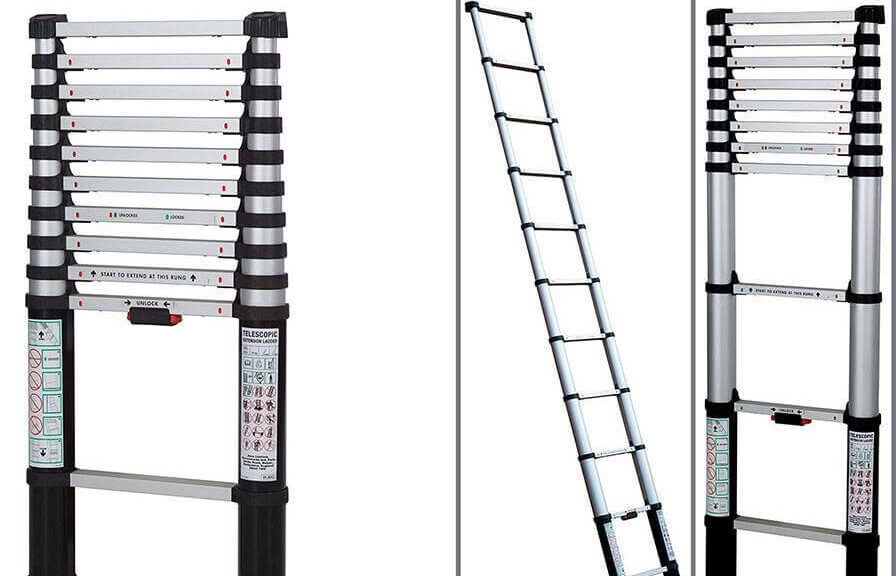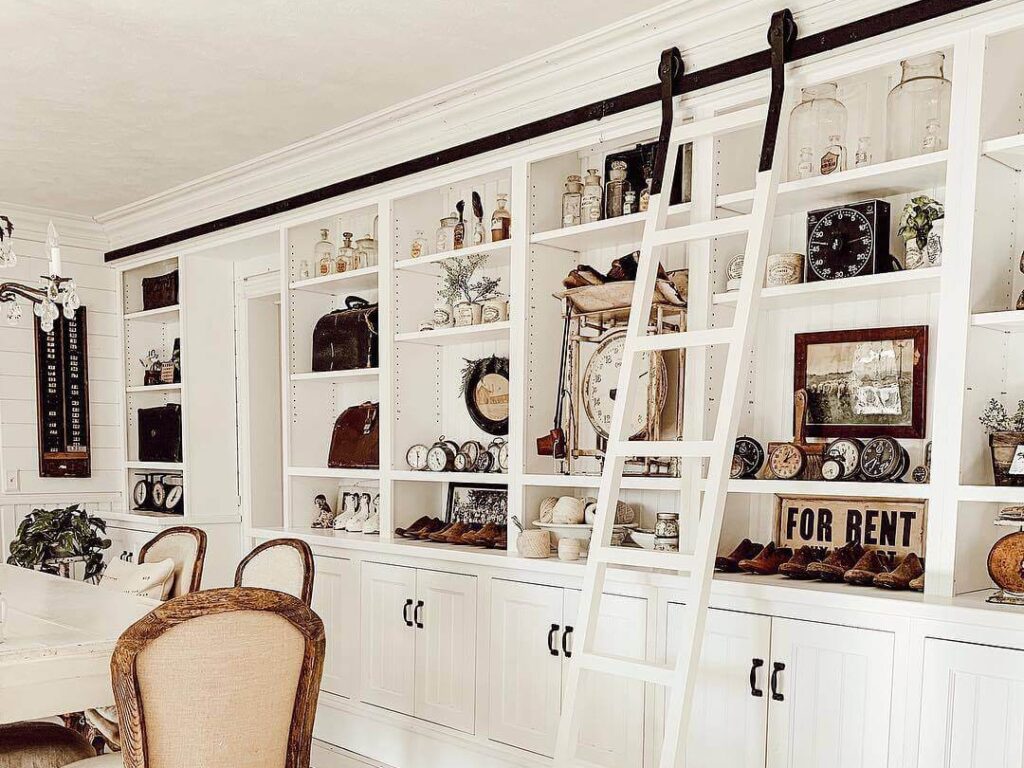In the UK, all types of ladders are classified into three different classes. Due to the new 2021 ladder regulations, it became pretty confusing to understand the class types.

Well, if you struggling to understand the ladder classes, then here’s the information we don’t want you to miss:
There are three classes of ladders. Each class has a maximum weight limit and duty ratings. Now the class rating is replaced by EN131 Standard.
- Class 1 has a weight limit of 175 kg and is suitable for industrial use.
- While EN131, or Class 2, has a weight limit of 150 kg and a commercial use rating.
- Class 3 can bear a maximum weight of 125 kg and is designed for domestic use only.
Keep in mind that types and class ratings are two different things. Each class has a specific colour.To guide you properly, we have done detailed research. So, sit back and relax because, by the end, the ladder class difference will be at your fingertips.
EN131 Ladder Standard
As per the new regulations, Class 1 or Class 3 ladders are not available now. Now all ladders are made in accordance with EN131 standards. The EN131 is further divided into 2 classes.

- EN131 Professional Standard: Made of metal and only used for industries.
- EN131 Non-Professional: Only suitable for home use.
Now the weight limit is set at 150 kg. So, all the class rating system is merged within the one EN131 rating.
Different Classes Of Ladders
Before the class system, there was a duty rating. Each duty rating was an indication of the frequency of usage.

- Class 1 Ladder
- Best For: Heavy Work, Industrial Use
- Weight Limit: 175 KG
- Colour: Blue
It is the best class and most suitable for rough and sturdy use. Normally, it is widely used in construction and heavy industry.Their duty rating is 130 kg, while the max weight this class type can bear is 175 kg.
- Class 2 Ladder
- Best For: Commercial Use
- Weight Limit: 150 KG
- Colour: Green
In Europe, class 2 is widely known as “ Class EN131 Ladders”. It is mostly used in the loft and for commercial usage. Such ladders are made of aluminium and can bear a maximum weight of 150 kg, with a duty rating of 115 Kg.
- Class 3 Ladder
- Best For: Domestic Use
- Weight Limit: 125 KG
- Colour: Grey
Class 3 ladders are designed for lightweight work. But there is a whole lot of debate about whether they are safe to use at home or not. A class 3 ladder can only be suitable for lightweight tasks. You can’t use it for DIY projects.
We strongly suggest you to buy a minimum EN131 certified ladder for domestic use. As it can bear more weight and has a high safety standard.
Ladder Classification FAQs
What Is A Class 1 Ladder?
What Is EN131?
What Is A Class 3 Ladder?
What Are Class Three Ladders Designed For?
Does The Class Of Ladder Matters?
Wrapping It Up!
The class standard is set to ensure the safety of people while using a ladder. Previously, there were three classes i.e. Class I, EN131 and Class III.But now, after the regulations, all ladders are now made compatible with EN131 standards.
It is very important to set it in accordance with the ladder angle ratio for best use.Don’t forget to check the EN131 certificate whenever you buy a new ladder in the UK.

Comments are closed.